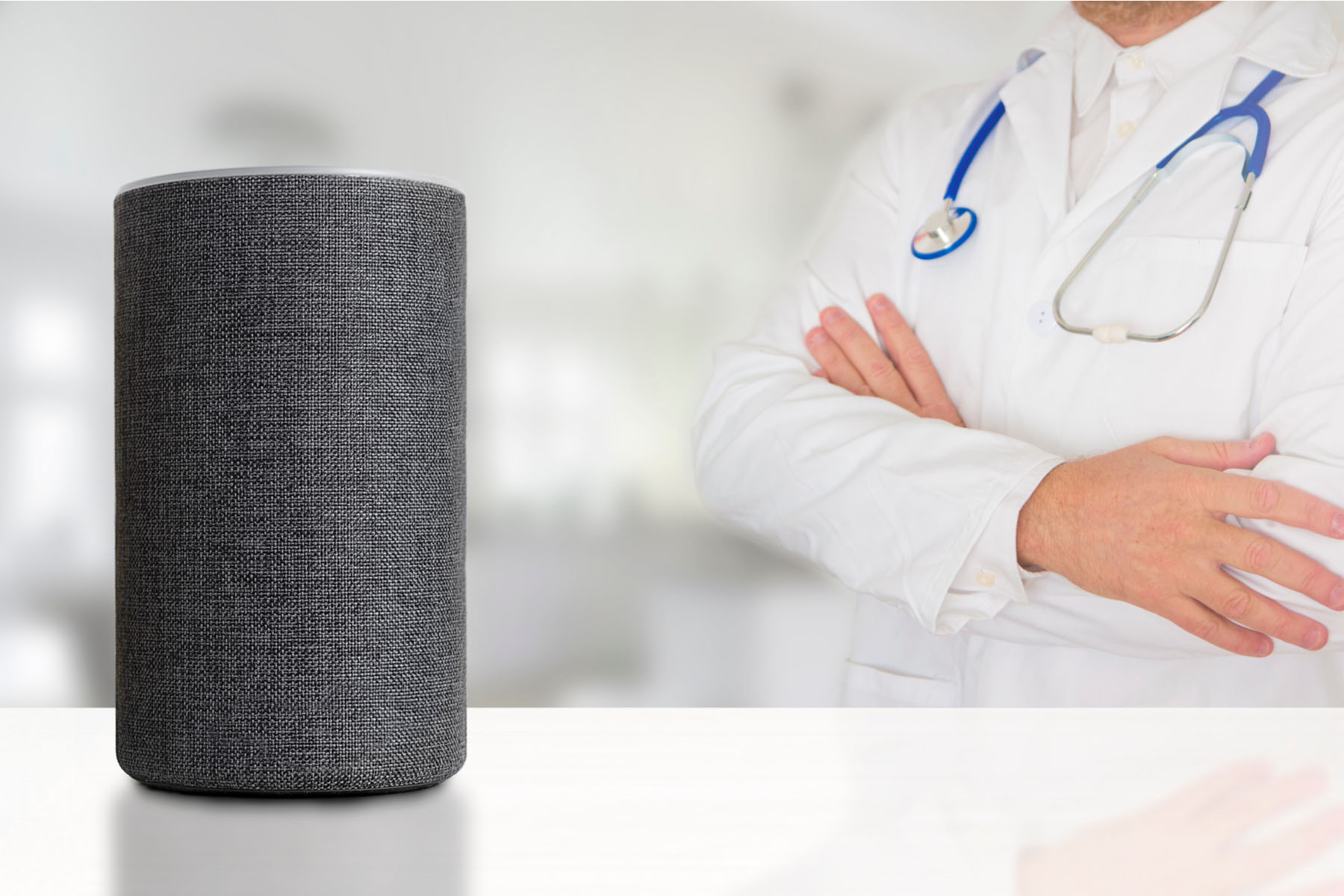“Everything is voice activated these days.” The line from the 2011 Pixar “Cars” sequel (trust me, as a parent of two, I have seen it countless times) points to the practical implication for voice technology. While this sort of innovation might not be a surprise in the automotive category, its breadth of functional benefits for patients and healthcare providers (HCPs) might be.
As a general rule of thumb, every hour of patient time equates to two hours of paperwork. That burden increases pressure on already overworked HCPs and staff. However, as the use of ambient voice technology increases, HCPs report a significant change in workflow, including a tremendous 50% reduction in time charting and 30% increase in patient throughput.
Beyond the efficiency metrics, notable are the satisfaction metrics. HCPs report greater connectivity with their patients and patients share a near universal improvement of satisfaction with their HCPs, likely a result of more eye contact, more active listening, and more follow-up questions.
The Acceleration of Voice
Healthcare’s digital transformation has been well documented and the pandemic has only fueled the use of technology, pushing much of the care experience beyond the office into the virtual space. With telehealth a new norm, voice is the next frontier for marketers and many companies are quickly entering the market.
While conversational AI is still pretty new for HCPs and patients, it is moving at warp speed with the market forecast expected to grow 25-35% over the next five years. Health systems are signing off on network-wide solutions that use AI companions to record conversations, compile EHR notes, and even order tests and prescriptions.
Amazon, Google, and Apple all have health voice applications and Microsoft seems to be doubling down on the category with this spring’s acquisition of Nuance Communication and their Dragon Ambient eXperience (DAX). At $19.7B, the acquisition is the third largest by Microsoft, sandwiched between Skype and LinkedIn. Today, DAX has plug-ins available for MS TEAM telehealth visits and has provided office-based integration to several health systems.
How Pharma Marketers Can Adapt
Voice brings extraordinary potential for pharma marketers. More focused HCPs and more productive patient interactions fuel better discussions and outcomes. As HCPs spend less time trying to capture all that is said during patient appointments, they can spend more time probing what isn’t said, bringing marketers a key opportunity to help. Marketers can help educate HCPs about important areas to probe. For example, how to pick up on hesitancy or nerves, and use it to uncover patients’ unsaid concerns and questions.
Another opportunity is helping to create a shared lexicon for these conversations, which will now happen between an HCP, a patient, and also an AI algorithm. Marketers can partner with technology companies to understand how conversations can be optimized for our new note takers, and they can create content that helps patients to better express their needs and helps HCPs to better respond.
In essence, marketers can help accelerate and enhance the use of technology to make sure every voice is truly heard and used to improve the healthcare experience.









